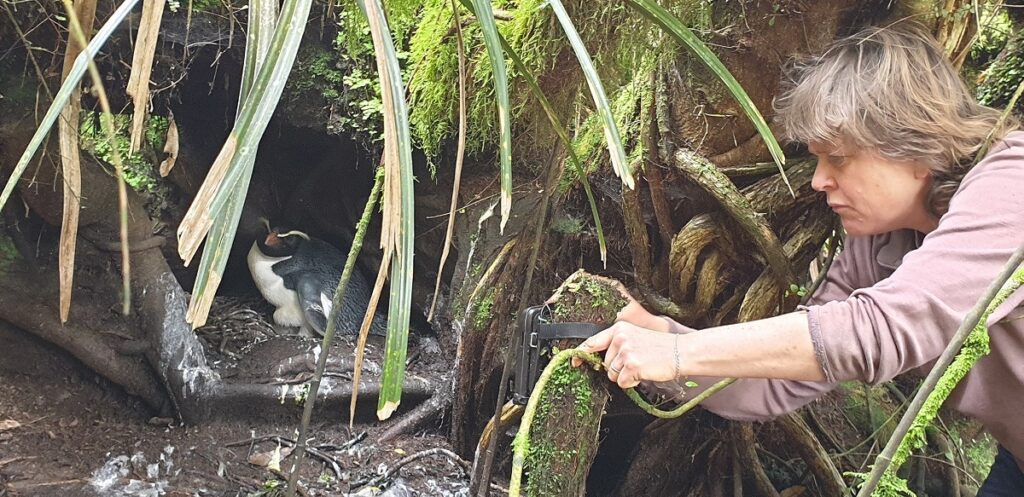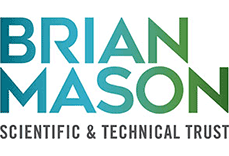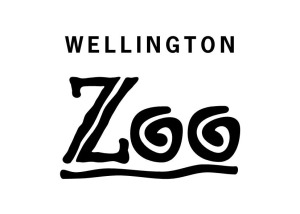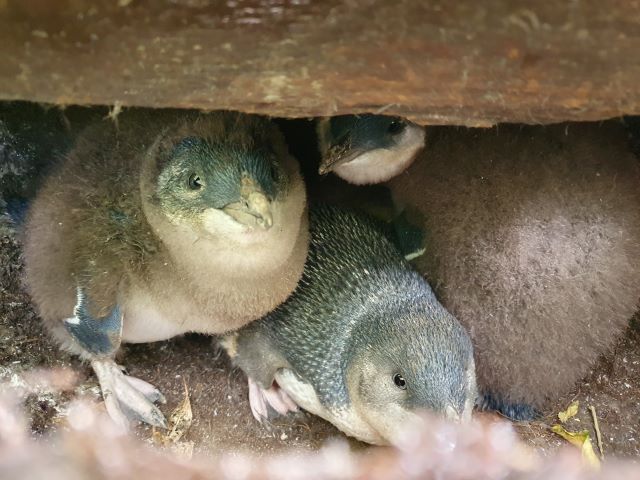
Report from West Coast Penguin Trust Ranger, Lucy Waller
The West Coast Penguin Trust has spent the last 19 years monitoring kororā / little penguin colonies at several sites with a main focus on the Charleston area. Some colonies have been completely natural, remote colonies that we have to climb hills and bush bash our way to reach, and some are simply next to a road. Some are natural burrows in rocky caves, under tree roots, in holes in the ground and some are man-made nest boxes placed in locations where shelter may be limited to protect the penguins when breeding, moulting, hanging out; some are a mixture of both.
My days, sometimes shared with volunteers, are spent searching for existing burrows and finding new ones and new signs of penguin activity, using our senses and burrowscopes, torches and cameras, sometimes an occasional phone is used when nothing else seems to work.

Images on the burrowscope can be challenging, particularly when it’s really wet and muddy, and each time the scope goes into the long, natural, muddy burrow, the camera gets covered in wet mud! Or when the birds hear you coming and then move to the very back and round the corner beyond more tree roots!
We monitored our original six Buller sites for the 2024 season, our study site in the Grey area and a few individual sites that we checked around the Punakaiki area. For nearly 20 years, Charleston and the Nile River area has been our main study site, but this year we moved it to Camerons Beach and started creating a fresh data set.
Our Buller sites are mainly natural burrows to burrowscope, with the exception of one private study site still being monitored fortnightly. Cameron’s Beach is 100% nest box nesting, which makes monitoring much easier but also much more accurate.
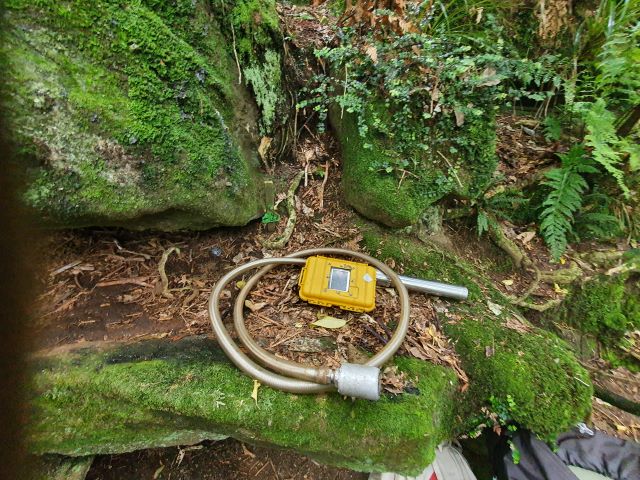
The natural burrow colonies further north, including the Nile River site, did not do so well as previous years this season. With only two checks in the season for these colonies, data is very limited, giving us an indication of presence and breeding success. Results were similar to the last couple of years, which were also quiet. There were no apparent signs of predation on our visits, one dead penguin was found on eggs at one colony sadly, but a very quiet season for those natural burrows colonies this year.
This was our first season that we have not carried out fortnightly checks of the Nile River colony and it seemed to be a rather quiet season there, but we cannot confirm breeding attempts, whether they failed or how many chicks fledged, with just two checks. It has been quiet there for a few seasons, and possibly linked to El Niño weather patterns and marine heat waves. We will do further checks this year to see what the story is for 2025.

However, at our neighboring Charleston colony where penguins are in nest boxes, the breeding success rate (chicks fledged/eggs laid) was 72.5%, in comparison to last year’s 83.3%, but the two years before being much much lower in the 30 & 40 % region. We definitely need to keep an eye on this area and learn more about the impact of changing marine conditions.

We had a very promising start to our little Punakaiki colony this season, having found a very empty colony the last few years. On our first visit in mid October, we found 3 adults sitting tight on eggs and got very excited! Unfortunately by our second visit, 2 nests had failed, one simply empty and one with abandoned eggs. We did have one successful fledged nest with 2 chicks however. There was also a report by the Westland Petrel Patrol team of a penguin chick running around on the highway, under the street lamps there one night. It wasn’t seen again, so we hope it found its way home. But this does show there are penguins trying to nest in that area. We plan to do more checks this season of a broader area and we are also fortunate enough to have a penguin detection dog coming to visit who can help us with this. So we are watching this space this upcoming season!
2024 was the first year we microchipped penguins at Camerons Beach. The plan was to microchip as many adults and chicks as we could, however, some penguins were not accessible in burrows only accessible by a burrowscope and a few adults eluded us all season. A total of 24 adults and 23 chicks have been tagged so far and we hope to catch the others this coming season. What this means for us is we are now able to tell who is there, who is returning, who doesn’t, if and when chicks return and answer other questions, such as, is that a double clutch? Is that a second attempt of laying eggs from the same pair in the same season? If any dead penguins are now found on the beach at Camerons we should be able to identify the penguin and know from the exact nest it comes from.
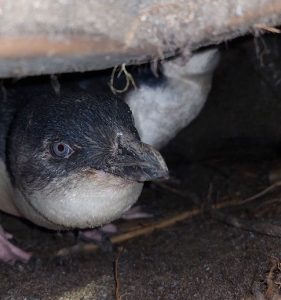
Sadly this has already been relevant, as a dead penguin was found at the entrance to the beach a couple of weeks ago (news story here), but frustratingly we didn’t manage to scan it, so we don’t know who it was. However, in the next coming weeks, when monitoring starts again, it will probably become apparent. I hope you don’t find a dead penguin, but if you do, please do report it to us on this form and, if it’s at all practical, move the penguin out of sight and out of the range of the tide in case we need to find it again. Thank you.
Not a nice way to start the season, but a crucial reminder to keep all dogs under close control, never too far ahead and never out of sight, so they won’t have time to pick out a penguin hanging out on the beach or in the bushes. And also for vehicles on the beach, please pay attention for these little ones when driving. They only stand 30 cm tall and mostly hop around the beach at dusk and dawn or after dark, when it’s difficult to see them.

On a more positive note, we had 22 active (meaning penguin presence) nest boxes, with 21 of those actually breeding. 90.5 % of the nest boxes fledged with approximately 26-30 chicks fledging. Interestingly, in all but five nests, eggs were laid within the same three-day period. One nest just had a regular visiting adult throughout the season and a moulting penguin after that, no breeding – perhaps it had lost its mate. For the other four nests: eggs were laid two weeks before the rest in one nest, and in the other three eggs were laid at a similar time to each other, very late in the season.
As this is our first year monitoring this site officially, we cannot compare it to previous years, so we will see what happens this coming season. However, there are more than 64 nest boxes scattered around the site and so the potential for a growing colony is there. Fingers crossed!
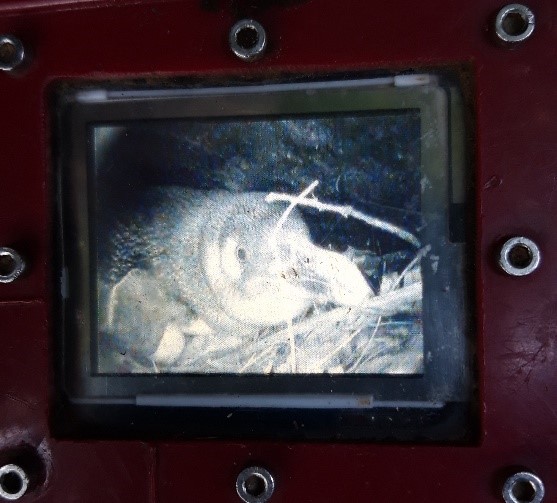
We ask everybody to please be vigilant when using the beach from now on, with dogs, cars, and yourselves, as penguin season is starting. The penguins are finding their mates and building nests. Within the next couple of months or so, they will be starting to lay eggs. We ask you to please stay away from any nest boxes you might come across and do not disturb them. When we have to monitor them, we do so very quickly, silently and with minimal disturbance. If we don’t have to open the box, we won’t and we use camera traps and other signs too to monitor them. We know when to disturb and when not to, studying their patterns and previous data. Some are very susceptible to noise and disturbance, which could disrupt their chances of breeding this season.
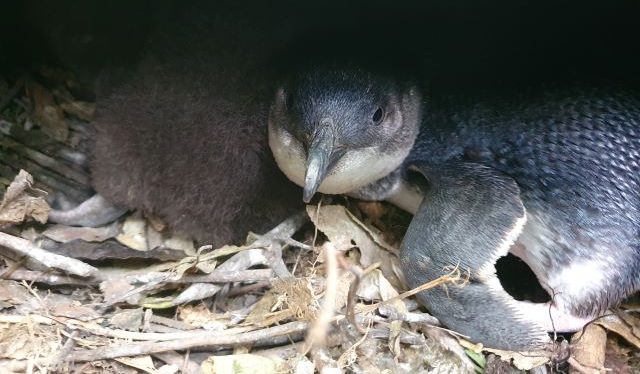
Please help us to protect these beautiful and very important sentinel species for our coastal environment and seas.
Plus…. it is incredibly special to be living so close to the world’s smallest penguin. Quite a responsibility and a privilege to protect them!
Thank you
West Coast Penguin Trust Ranger, Lucy Waller



